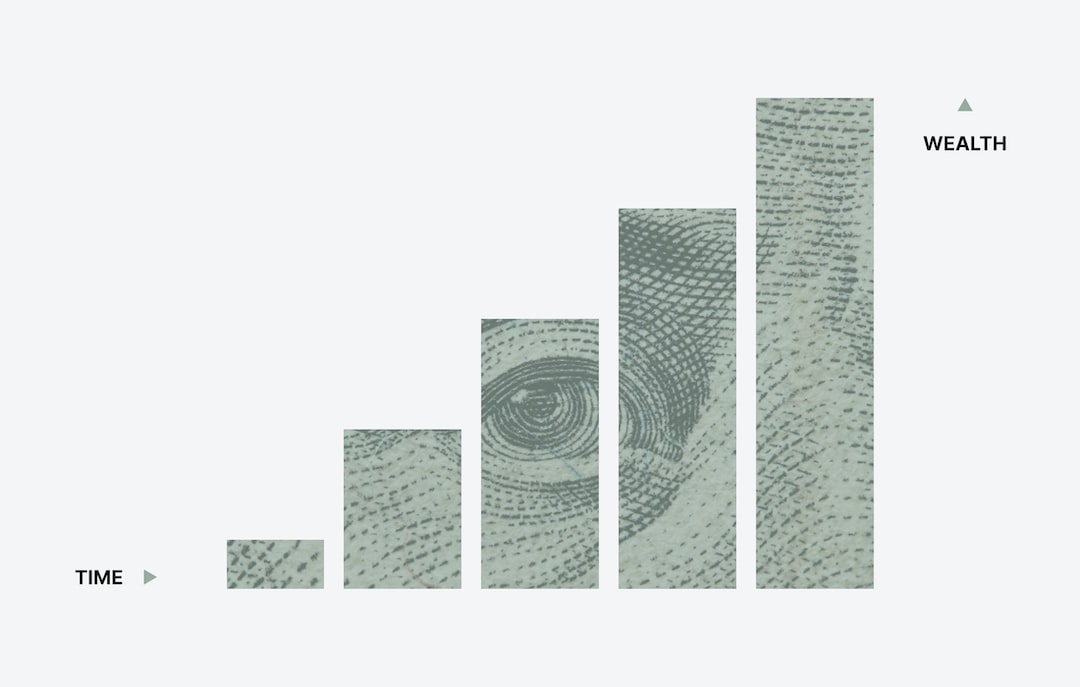Forex currencies in parity refer to two currencies that have an equal value relative to one another. In other words, it is when the exchange rate between two currencies is 1:1. Parity is also known as a “pegged” exchange rate, as the value of one currency is fixed to the value of another.
There are different types of parity, including fixed, floating, and managed. Fixed parity is when a country or central bank sets a fixed exchange rate for its currency, while floating parity is when the exchange rate is determined by market forces. Managed parity is a combination of the two, where the central bank intervenes in the market to maintain a certain exchange rate.
One example of currencies in parity is the euro and the Swiss franc. The exchange rate between the two currencies is fixed at 1.20, meaning that one euro is equal to 1.20 Swiss francs. This fixed rate was established by the Swiss National Bank in 2011 to prevent the Swiss franc from appreciating too much against the euro and hurting Swiss exports.
Another example of currencies in parity is the Hong Kong dollar and the US dollar. The exchange rate between the two currencies is fixed at 7.8, meaning that one US dollar is equal to 7.8 Hong Kong dollars. This fixed rate has been in place since 1983 and is maintained by the Hong Kong Monetary Authority through currency interventions.
Currencies in parity can have both benefits and drawbacks. One benefit is that it can provide stability in international trade and investment. When exchange rates are fixed, businesses can plan and budget more effectively, as they know the exact exchange rate they will receive for their currency. This can also reduce the risk of currency fluctuations and market volatility.
However, currencies in parity can also lead to distortions in the market. For example, if a country’s currency is overvalued relative to another country’s currency, it can make its exports more expensive and less competitive. This can hurt the country’s economy and lead to trade imbalances.
In addition, maintaining a fixed exchange rate can be costly for central banks. They must constantly intervene in the market to buy or sell currencies to maintain the fixed rate, which can deplete their foreign currency reserves. If the central bank runs out of foreign currency reserves, it may be forced to abandon the fixed exchange rate and allow the currency to float freely.
In conclusion, forex currencies in parity refer to two currencies with an equal value relative to one another. Parity can provide stability in international trade and investment, but it can also lead to distortions in the market and be costly for central banks to maintain. It is important for countries and central banks to carefully consider the benefits and drawbacks of parity before implementing a fixed exchange rate regime.





